Types of Nervous Tissue
KEY TAKEAWAYS
Key Points
- Nervous tissue is composed of neurons and supporting cells called neuroglia, or ” glial cells.”
- There are six types of neuroglia. Four are found in the central nervous system, while two are found in the peripheral nervous system.
- The four types of neuroglia found in the central nervous system are astrocytes, microglial cells, ependymal cells, and oligodendrocytes.
- The two types of neuroglia found in the peripheral nervous system are satellite cells and Schwann cells.
- Neurons are the other the other type of cell that comprise nervous tissue. Neurons have cell bodies, dendrites, and axons.
Key Terms
Neuroglia
Astrocytes
Microglial Cells
Ependymal Cells
Oligodendrocytes
Satellite Cells
Schwann Cells
Neurons
Neurons
Parts of a Neuron
Types of Neurons
Glial Cells
Glial Cells of the CNS
Glial Cells of the PNS
Myelin
Nervous Tissue
Several diseases can result from the demyelination of axons. The causes of these diseases are not the same; some have genetic causes, some are caused by pathogens, and others are the result of autoimmune disorders. Though the causes are varied, the results are largely similar. The myelin insulation of axons is compromised, making electrical signaling slower.
Several diseases can result from the demyelination of axons. The causes of these diseases are not the same; some have genetic causes, some are caused by pathogens, and others are the result of autoimmune disorders. Though the causes are varied, the results are largely similar. The myelin insulation of axons is compromised, making electrical signaling slower.
Chapter Review
Interactive Link Questions
Structure[edit]
Components[edit]
- Sensory neurons (afferent): Relay sensory information in the form of an action potential (nerve impulse) from the PNS to the CNS
- Motor neurons (efferent): Relay an action potential out of the CNS to the proper effector (muscles, glands)
- Interneurons: Cells that form connections between neurons and whose processes are limited to a single local area in the brain or spinal cord
- Multipolar neurons: Have 3 or more processes coming off the soma (cell body). They are the major neuron type in the CNS and include interneurons and motor neurons.
- Bipolar neurons: Sensory neurons that have two processes coming off the soma, one dendrite and one axon
- Pseudounipolar neurons: Sensory neurons that have one process that splits into two branches, forming the axon and dendrite
- Unipolar brush cells: Are excitatory glutamatergic interneurons that have a single short dendrite terminating in a brush-like tuft of dendrioles. These are found in the granular layer of the cerebellum.
- Microglial cells: Microglia are macrophage cells that make up the primary immune system for the CNS.[6] They are the smallest neuroglial cell.
- Astrocytes: Star-shaped macroglial cells with many processes found in the CNS. They are the most abundant cell type in the brain, and are intrinsic to a healthy CNS.[7]
- Oligodendrocytes: CNS cells with very few processes. They form myelin sheaths on the axons of a neuron, which are lipid-based insulation that increases the speed at which the action potential, can travel down the axon.[4]
- NG2 glia: CNS cells that are distinct from astrocytes, oligodendrocytes, and microglia, and serve as the developmental precursors of oligodendrocytes[5]
- Schwann cells: The PNS equivalent of oligodendrocytes, they help maintain axons and form myelin sheaths in the PNS.[4]
- Satellite glial cell: Line the surface of neuron cell bodies in ganglia (groups of nerve body cells bundled or connected together in the PNS)[8]
- Enteric glia: Found in the enteric nervous system, within the gastrointestinal tract.[9]
Classification of tissue[edit]
- Grey matter is composed of cell bodies, dendrites, unmyelinated axons, protoplasmic astrocytes (astrocyte subtype), satellite oligodendrocytes (non-myelinating oligodendrocyte subtype), microglia, and very few myelinated axons.
- White matter is composed of myelinated axons, fibrous astrocytes, myelinating oligodendrocytes, and microglia.
- Ganglion tissue is composed of cell bodies, dendrites, and satellite glial cells.
- Nerves are composed of myelinated and unmyelinated axons, Schwann cells surrounded by connective tissue.
- Endoneurium. Each nerve axon, or fiber is surrounded by the endoneurium, which is also called the endoneurial tube, channel or sheath. This is a thin, delicate, protective layer of connective tissue.
- Perineurium. Each nerve fascicle containing one or more axons, is enclosed by the perineurium, a connective tissue having a lamellar arrangement in seven or eight concentric layers. This plays a very important role in the protection and support of the nerve fibers and also serves to prevent the passage of large molecules from the epineurium into a fascicle.
- Epineurium. The epineurium is the outermost layer of dense connective tissue enclosing the (peripheral) nerve.
Function[edit]
Clinical significance[edit]
Tumours[edit]
©Aah.Towfiq
®Atps.Plus™call:- +8801978698786


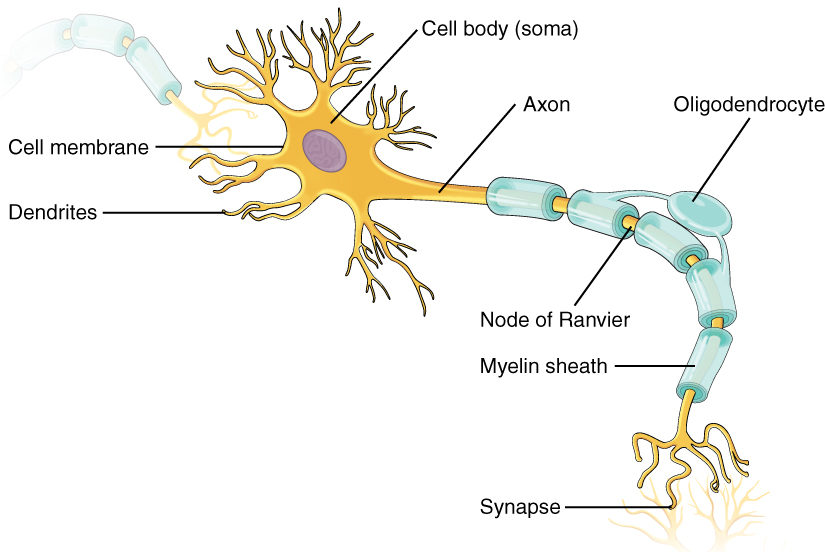

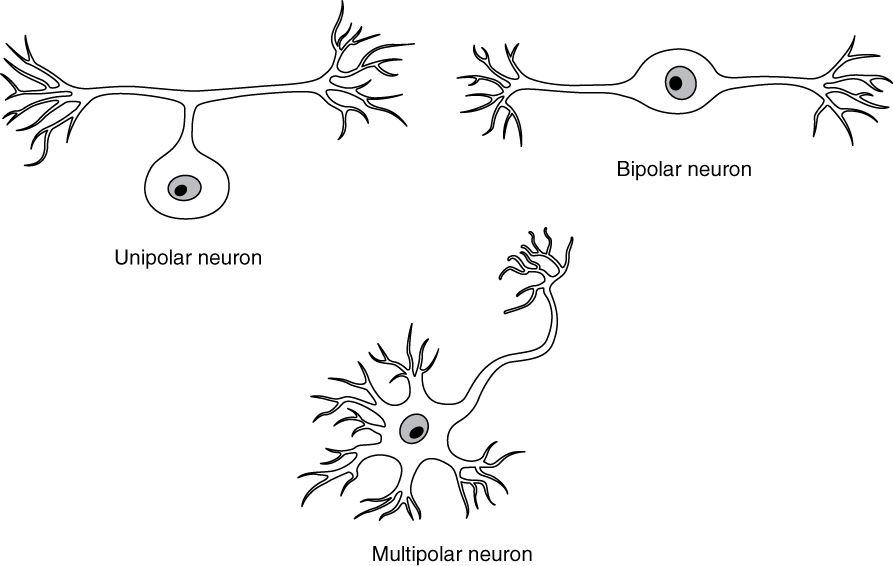
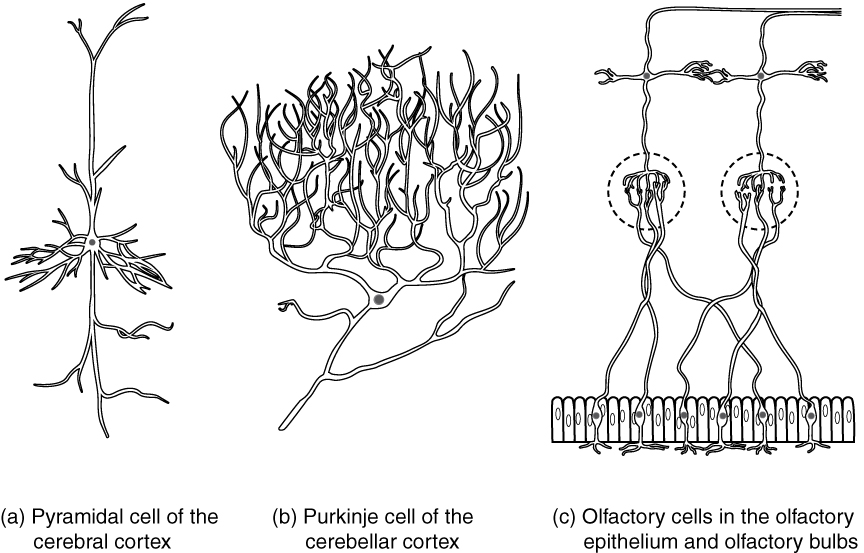
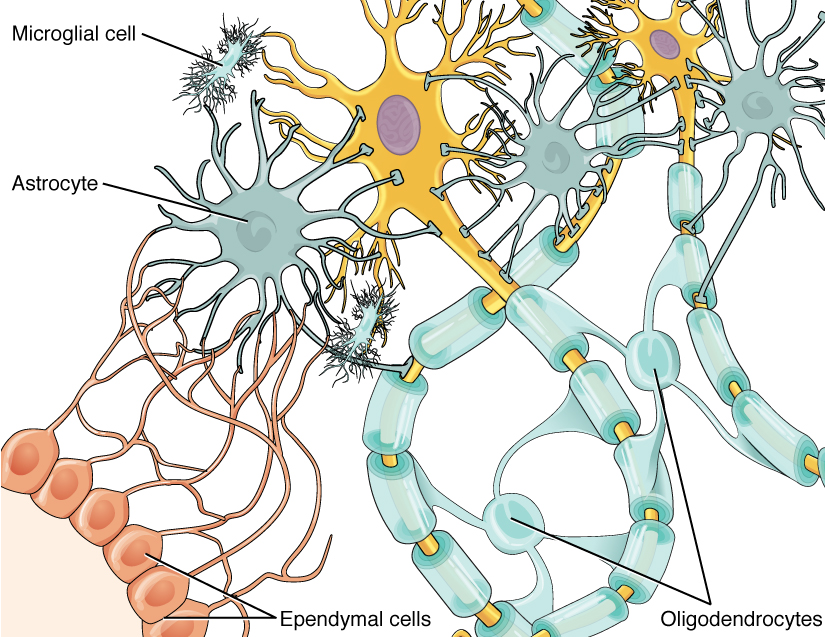
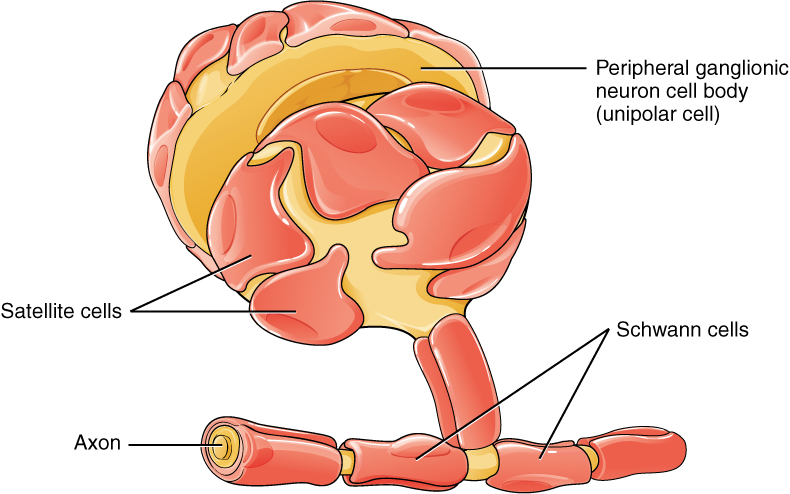

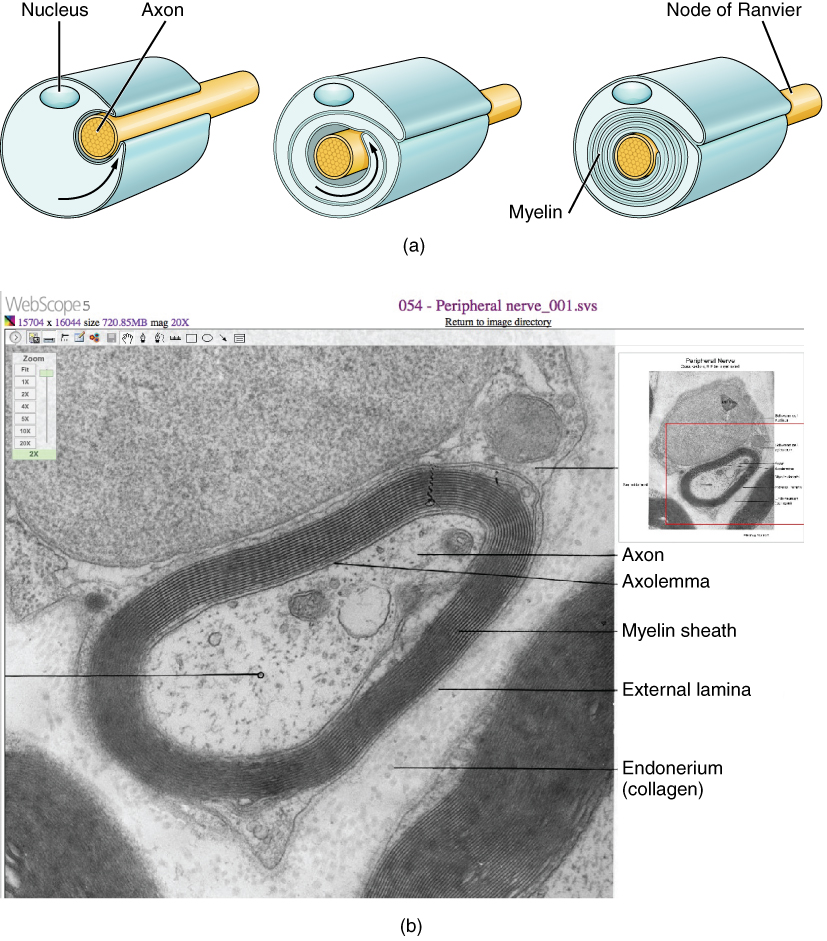

Comments
Post a Comment
Here all information related to medical and doctoral health is published. Visit any of these languages in your language to see your language.